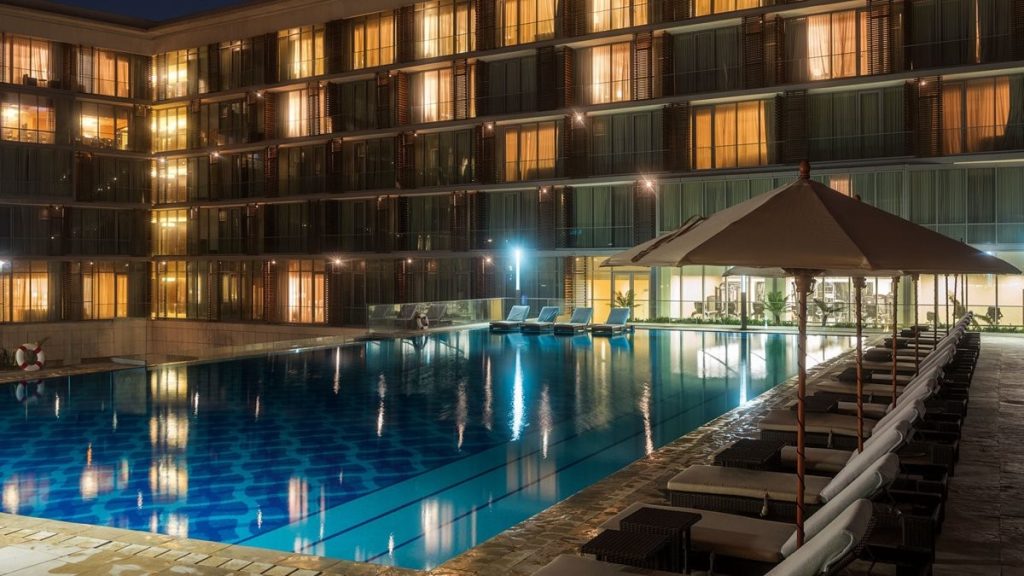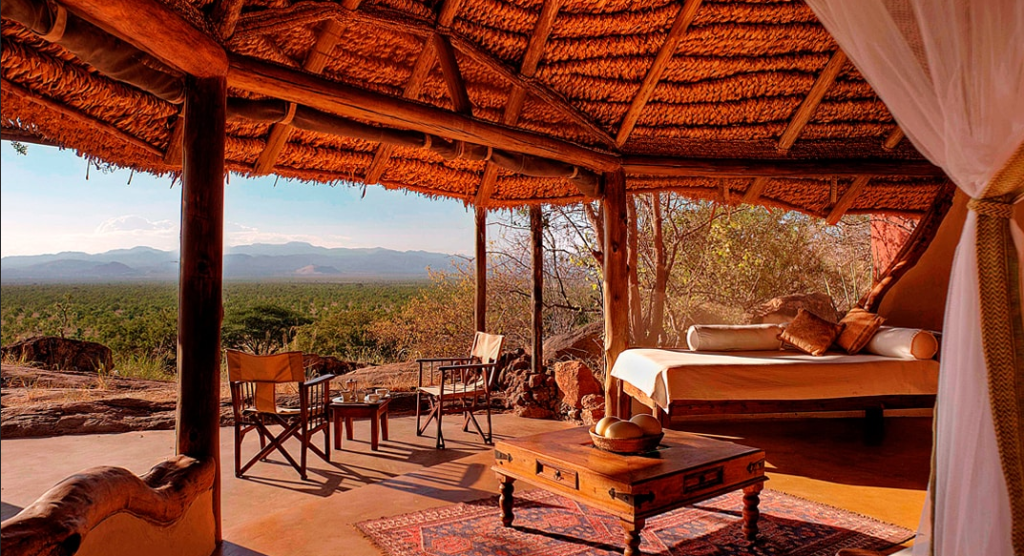
The Eiffel Tower is not just an iconic monument but also an engineering marvel and a representation of the city of Paris. Gustave Eiffel conceived of this tower, which is comprised of 8,000 metal sections, as a temporary display for the World Fair that took place in 1889. The 320-meter-tall skyscraper was derided by critics when it was first built, but it has now become a much-loved and irreplaceable component of the Paris skyline. Because of its elegant appearance, the Eiffel Tower is often referred to as the “Iron Lady.” Despite the tower’s gigantic scale, it has a light and airy quality that leaves visitors speechless, as do the stunning vistas that can be seen from each of the building’s three floors.
Musée du Louvre
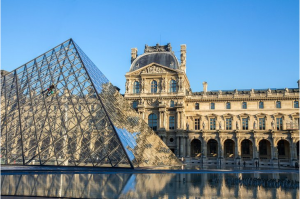
The Louvre Museum is widely regarded as one of the finest art collections in all of Europe. It is housed in a magnificent palace that was formerly used as a royal dwelling. This location is home to a significant number of the world’s most well-known artworks, such as Veronese’s painting of the Wedding Feast at Cana, Leonardo da Vinci’s Mona Lisa, and the sculpture of Venus de Milo, which dates back to the 1st century BC.
The riches of the collection may be attributed to the gifts made by the several monarchs who have resided at the Louvre. Other parts were added as a consequence of France’s treaties with the Republic of Venice and the Vatican, in addition to the treasures that Napoléon I had acquired.
Château de Versailles
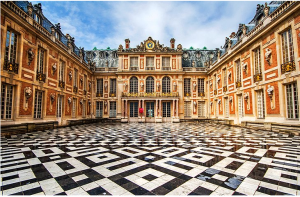
The splendor that was associated with the French monarchy before the collapse of the Ancien Régime is best represented by the Chateau de Versailles. During the reign of Louis XIV, often known as the “Sun King,” the palace in which this UNESCO-listed monument is located became the model for royal courts across Europe. This great period of French history is commemorated by the monument.
Beginning in the year 1661, Louis XIV began the process of transforming the modest hunting lodge that had been his father’s hunting lodge into an extravagant royal palace. In order to bring Louis XIV’s vision to life, the eminent architect Louis Le Vau rebuilt the chateau that had been built by Louis XIII in an attractive and neoclassical style. In the latter part of the 17th century, Jules Hardouin-Mansart was responsible for designing the opulent Baroque interiors, which included the Hall of Mirrors.
Provence
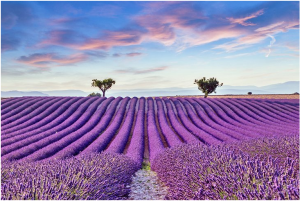
Little towns may be found tucked away in the valleys and perched on rocky outcrops across Provence, which is located in southeastern France. This region is known for its bucolic beauty, which consists of olive orchards, sun-drenched rolling hills, and fields of rich purple lavender.
The area of Provence is known for its “art de vivre,” which literally translates to “art of living.” The region is known for its natural beauty, rural charm, and relaxed environment. Hot weather inspires taking long, unhurried walks through cobblestone streets and spending the afternoons on the sunny terraces of outdoor cafes and restaurants.

